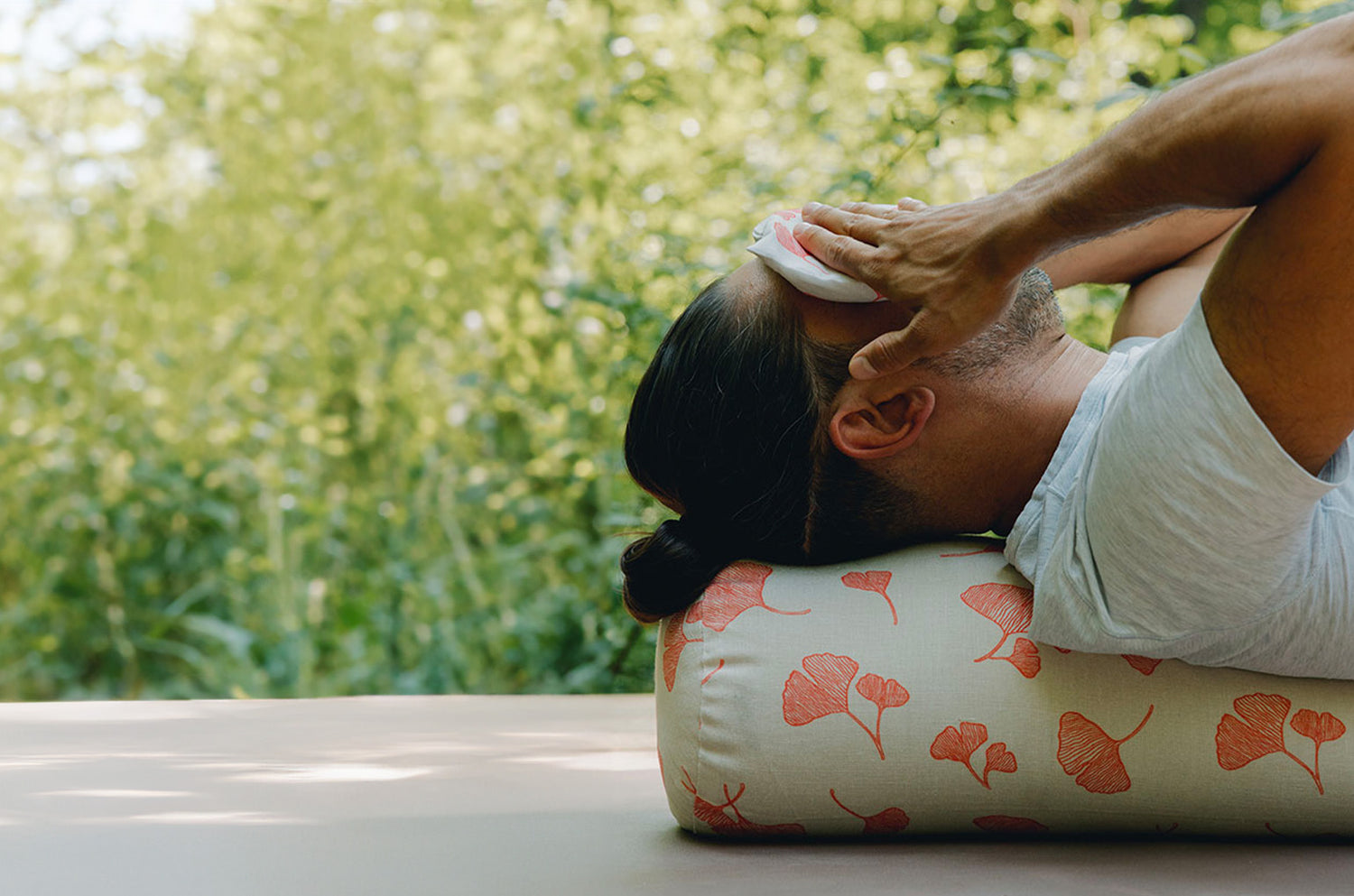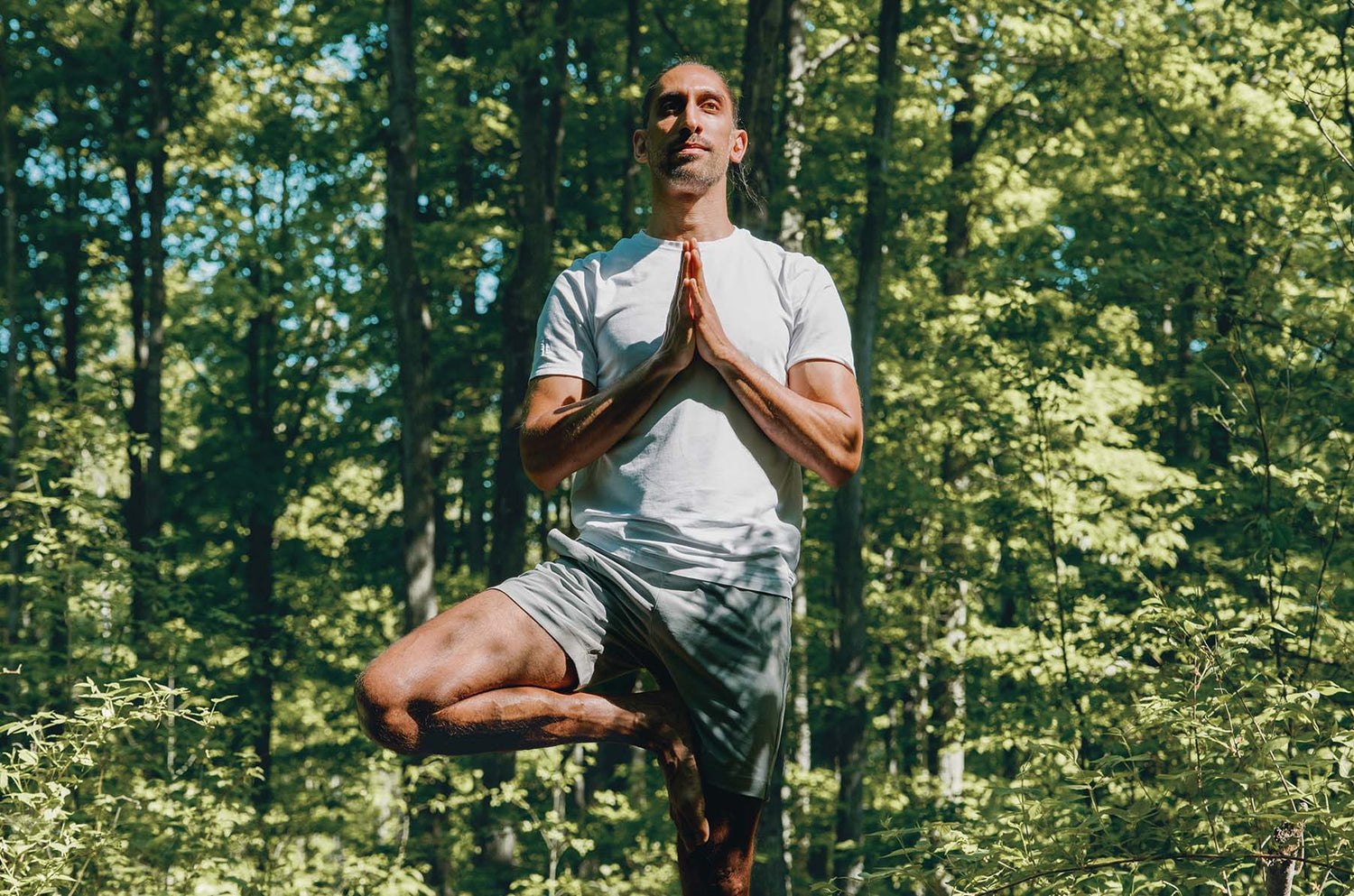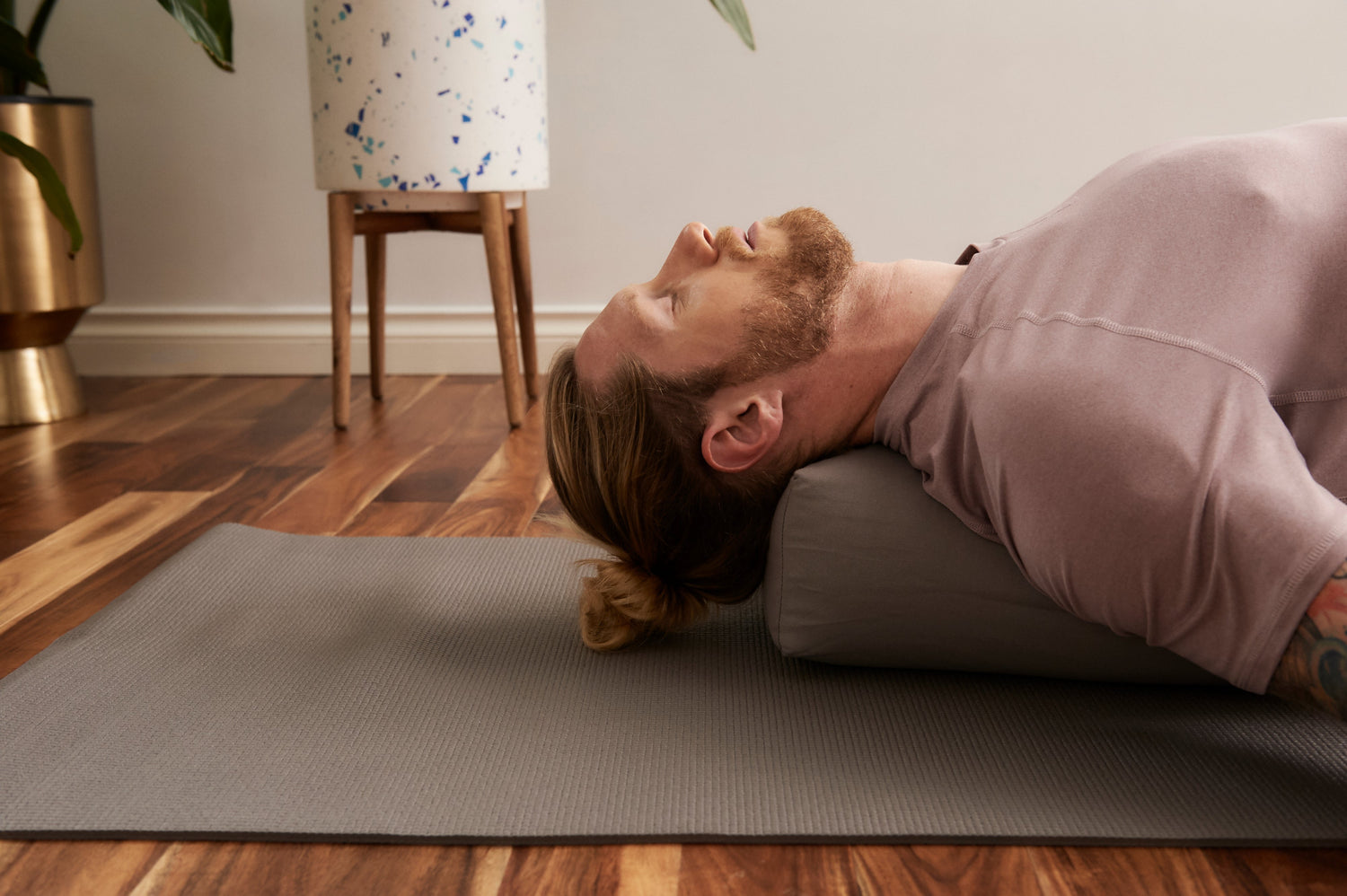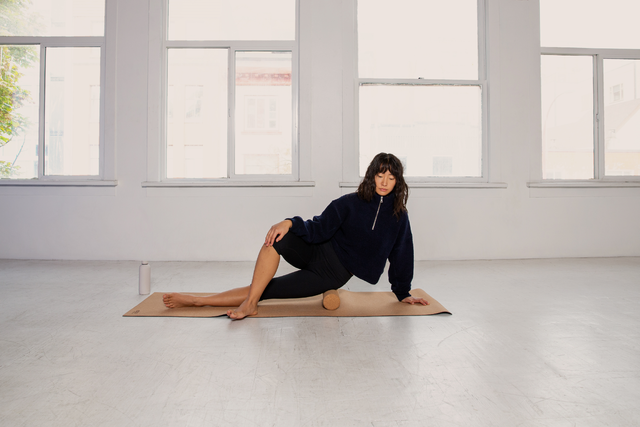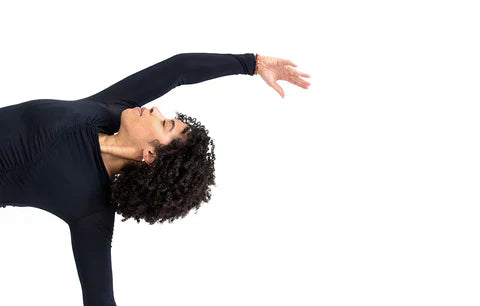During these uncertain times our yoga practice can provide much needed calm and clarity. Yoga is a vast subject. It is many different things to many different people. According to some, yoga is union. According to others, yoga is mind medicine, absolute mental peace, the ability focus and move from distraction to direction.
The asanas, or postures, were designed for us to stay still for a long time. Yoga is powerful medicine for the body and the mind. To experience this medicine, we must stay in the postures, and let the medicine be administered. We can learn that this therapeutic approach to yoga can be administered in a gentle way to get these healing effects of yoga.
One of my teachers, The Master Iyengar said, “I used to play (in the poses), now I stay”. I’ve seen him stay for over 45 minutes in a supported backbend (kapotasana) over a chair.
When I was going through a difficult time in my life, I was unable to practice in the way I was used to, and as a result found restorative yoga. This is when I began using props such as straps, chairs, blocks and bolsters. Now, two of my favourite poses are supported sirsasana with straps and viparita karani (inverted lake) pose over bolsters.
Viparita karani is a relaxing, soothing and energizing posture, and is great for general fatigue and mild anxiety.
May your practice be calm, steady and consistent.

How to do Viparita Karani:
To do viparita karani, “action of inverting” or “Fountain of Youth Pose”, place a bolster with the long side parallel to the wall and 4 inches away from it. Sit sideways with your hip atop the right end of the bolster. Roll onto your back, rotating to bring the buttocks to the wall. Keep your knees bent and your feet resting on the wall. The back of your pelvis should be supported by the bolster. To avoid the sensation that you are sliding off the bolster toward your head, bring the bottom of the buttocks over the bolster and toward the floor and to the wall. Move the shoulders underneath you to support and open your chest.
When you feel stable and supported, straighten the legs up the wall, allowing their weight to move toward the sitting bones, and relax the entire front body, especially the stomach, groins and hips. Stretch the legs evenly and completely toward the wall, and rest your arms at yours sides. Release your muscles, breathe quietly, and relax completely.
Stay 5-15 minutes, focusing on smiling into your brain on the inhale and softening the throat and belly on the exhale. Work to make the breath as long, smooth and deep as possible.
*This posture should be avoided by those with glaucoma.
 Ryan Leier is a teacher, a student, and a creative force who leads with his heart and guides with his wisdom—inherent wisdom and wisdom acquired through extensive study. Ryan's various teachings have given him an invaluable root system of ancestry and technique—yet Ryan’s yoga classes have an intangible, some might even say magical, quality that can only be attributed to him. Ryan believes that through steady practice and devotion, all people – regardless of their age, gender, race or religion, can experience the Oneness of Yoga.
Ryan Leier is a teacher, a student, and a creative force who leads with his heart and guides with his wisdom—inherent wisdom and wisdom acquired through extensive study. Ryan's various teachings have given him an invaluable root system of ancestry and technique—yet Ryan’s yoga classes have an intangible, some might even say magical, quality that can only be attributed to him. Ryan believes that through steady practice and devotion, all people – regardless of their age, gender, race or religion, can experience the Oneness of Yoga.















